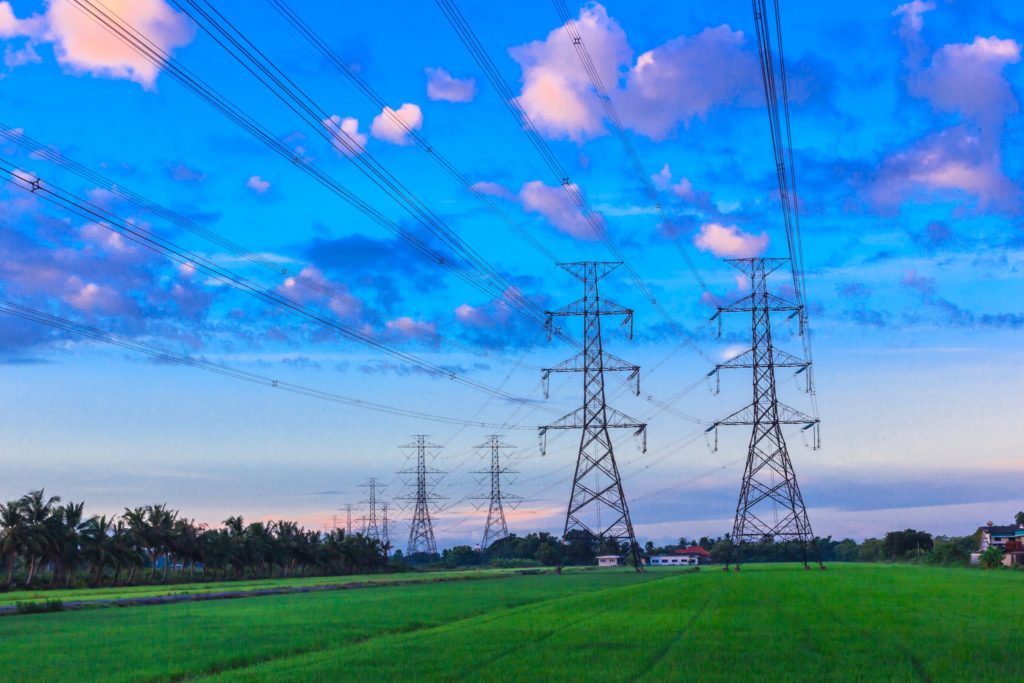Even California leaders fail to grasp climate change
Case in point is state Insurance Commissioner Dave Jones, who issued a Jan. 4 report highlighting that property insurers in California are pulling back from offering coverage in areas at high risk of wildfire. This is a predictable response to the kinds of conflagrations that caused more than $10 billion in insurance claims in 2017. It also underscores the vulnerability of human settlement to changing climate patterns, particularly for the 3.6 million California homes that lie in the “wildland-urban interface.”






